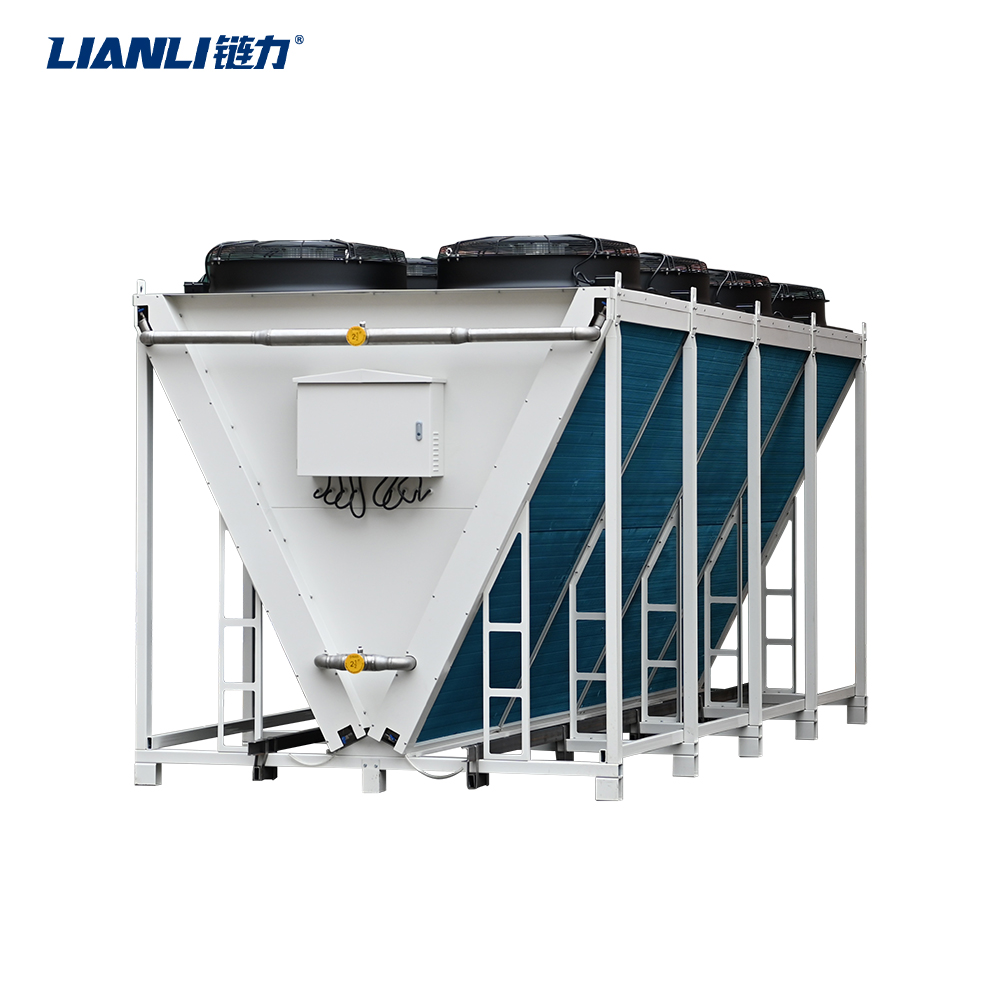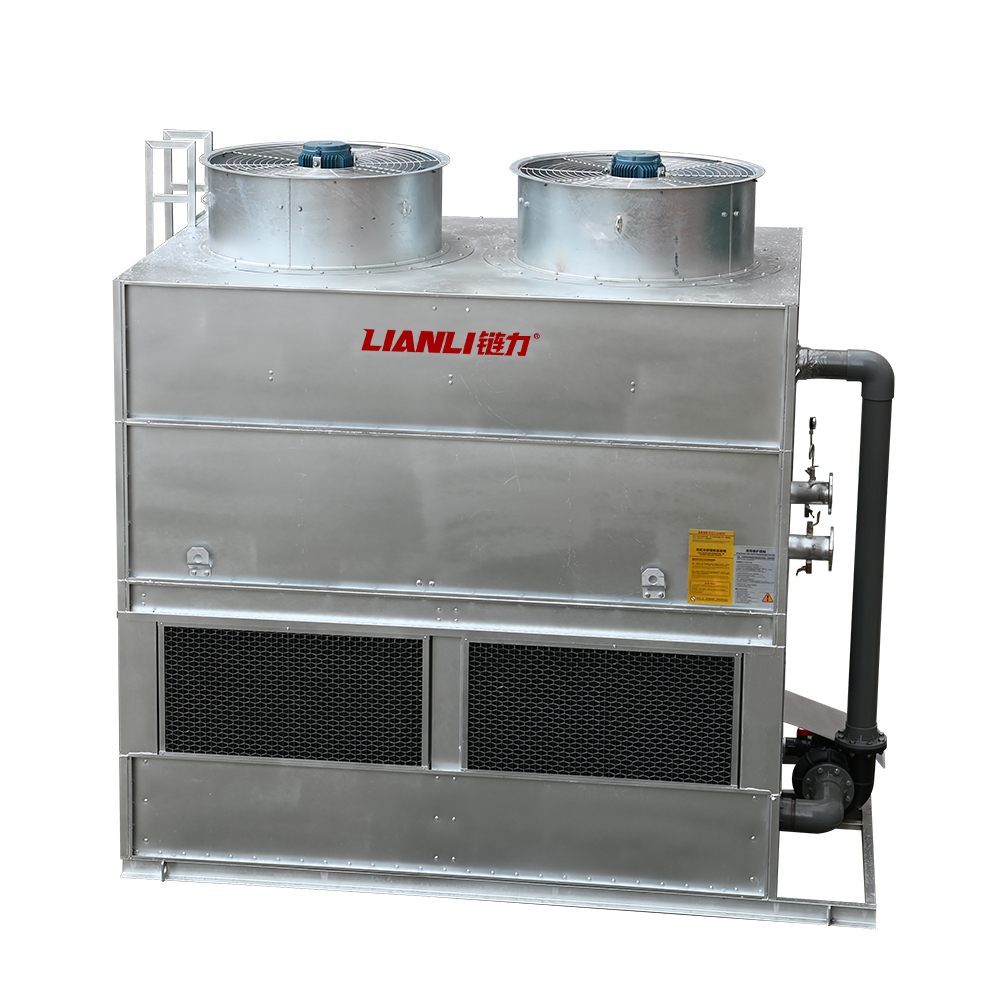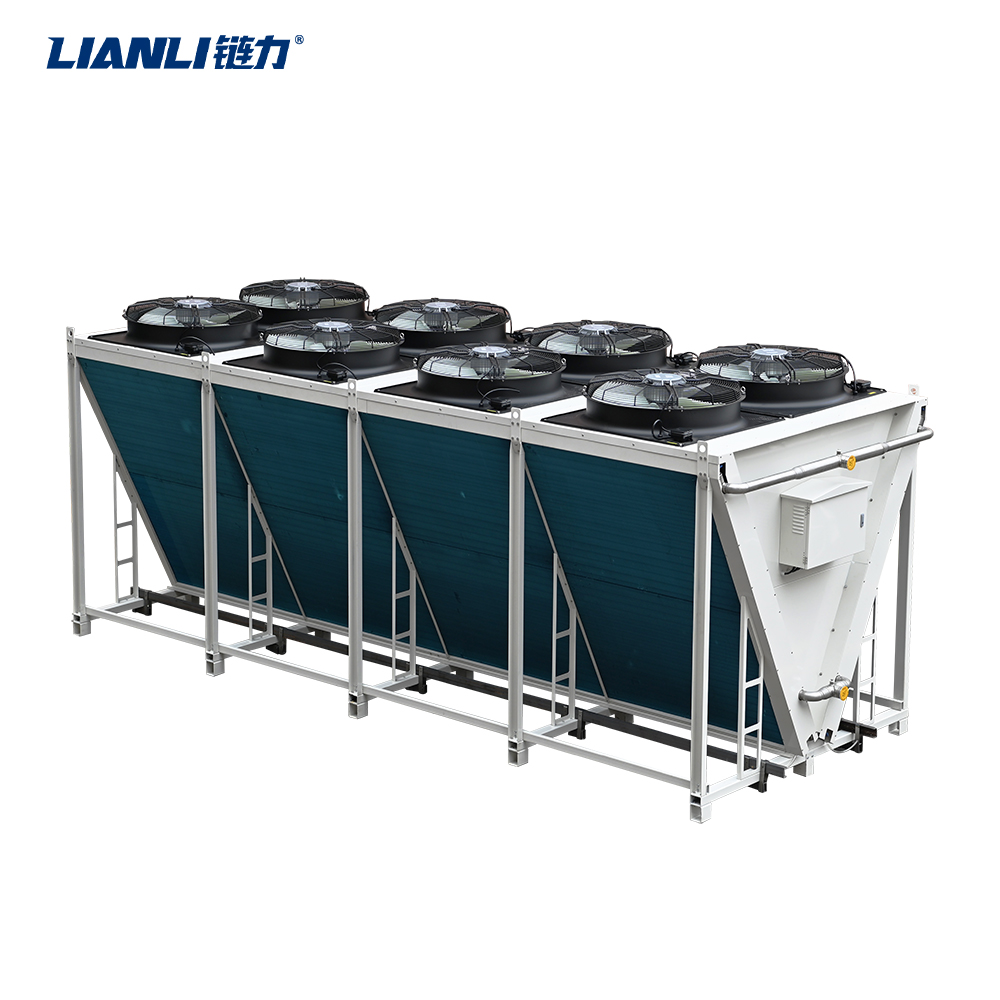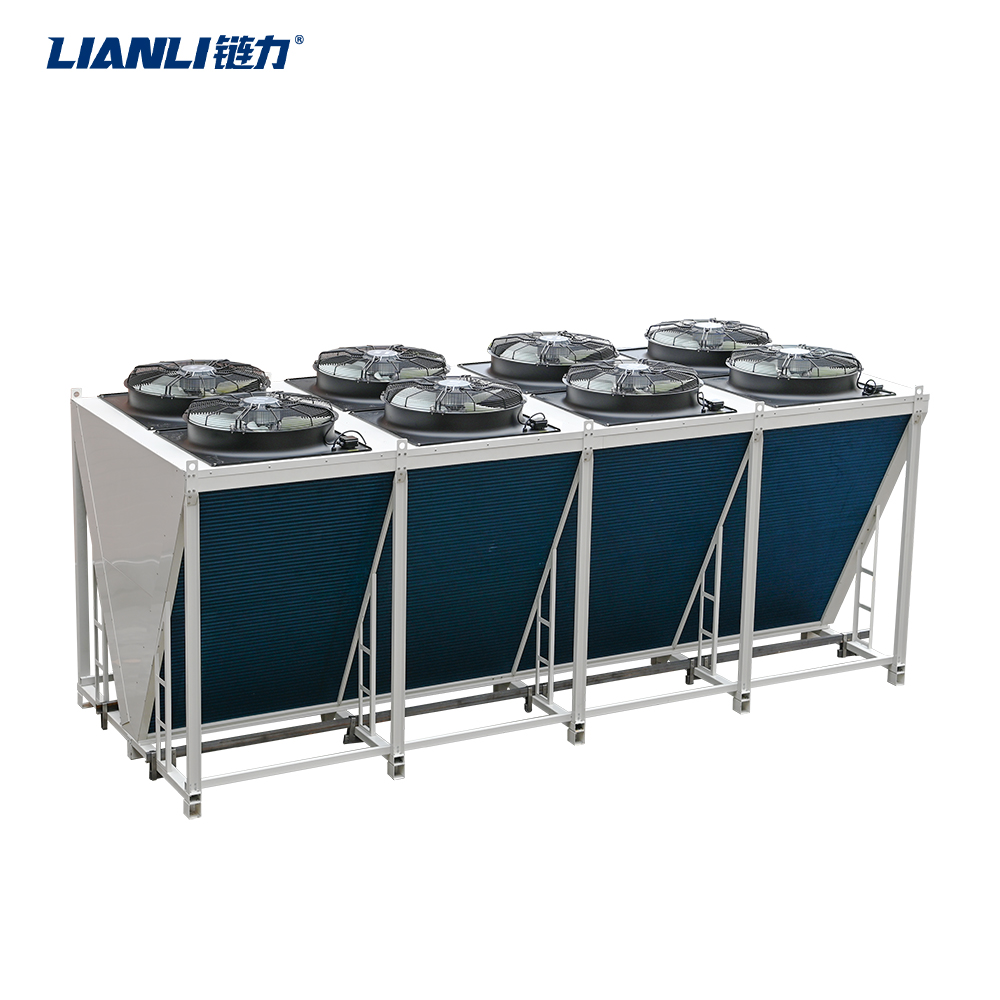Miner S21e Hyd.: How to Monitor Water Cooling System Health in Real-.Time
The Bitmain Antminer S21e Hyd. represents a significant leap in cryptocurrency mining efficiency, leveraging advanced water cooling technology to maintain optimal operating temperatures. However, the performance and longevity of this powerful machine are intrinsically linked to the health of its water cooling system. Real-time monitoring is not just beneficial; it’s essential for preventing costly downtime and hardware damage. This guide details how to effectively monitor the health of your Antminer S21e Hyd.’s water cooling system in real-time.
Understanding the S21e Hyd. Water Cooling System Components
Before monitoring, it’s crucial to understand the key components of the S21e Hyd.’s cooling setup:


 Effectively monitoring the water cooling system of your Antminer S21e Hyd. in real-time is paramount for maximizing uptime, protecting your investment, and ensuring peak mining performance. By leveraging the built-in capabilities of the S21e Hyd. and supplementing them with external sensors and robust monitoring software, you gain comprehensive insights into system health. Implementing timely alerts and adhering to a strict maintenance schedule will keep your S21e Hyd. running cool, efficient, and profitable for years to come.
Effectively monitoring the water cooling system of your Antminer S21e Hyd. in real-time is paramount for maximizing uptime, protecting your investment, and ensuring peak mining performance. By leveraging the built-in capabilities of the S21e Hyd. and supplementing them with external sensors and robust monitoring software, you gain comprehensive insights into system health. Implementing timely alerts and adhering to a strict maintenance schedule will keep your S21e Hyd. running cool, efficient, and profitable for years to come.
- Water Block: Directly attached to the ASIC chips, absorbing heat.
- Pump: Circulates coolant through the system.
- Radiator & Fans: Dissipate heat from the coolant into the surrounding air.
- Tubing & Fittings: Connect all components, ensuring leak-free flow.
- Coolant: The fluid (typically water with additives) transferring heat.
- Sensors: Integrated temperature and flow sensors provide critical data.
- Inlet/Outlet Water Temperature: The temperature difference (ΔT) between water entering and leaving the miner indicates heat load and cooling efficiency. A sudden increase in outlet temperature or ΔT signals potential issues.
- Flow Rate: Measured in liters per minute (LPM), this ensures coolant is moving adequately. A drop indicates pump problems, blockages, or airlocks.
- Pump Speed/RPM: Monitoring the pump’s rotational speed helps detect degradation or power issues.
- Coolant Level/Reservoir Level: Low levels can cause pump cavitation and reduced flow.
- System Pressure (if equipped): Abnormal pressure can indicate blockages or leaks.
- Ambient Temperature: The surrounding air temperature affects the radiator’s ability to dissipate heat.
- Bitmain’s Official Web Interface & API: Access the S21e Hyd.’s built-in web interface via its IP address. It displays core temperatures, fan speeds, and often water inlet/outlet temperatures. Utilize the API to pull data into custom dashboards (e.g., Grafana) for centralized monitoring.
- Integrated S21e Hyd. Sensors: The miner itself reports water temperature data. Regularly check these readings through the web interface or via API calls.
- External Flow Meters: Install inline flow meters with digital outputs (e.g., pulse or analog) on the main coolant line. Connect these to a microcontroller (like an ESP32) or a dedicated monitoring system to log and alert on flow rates.
- External Temperature Probes: Use additional PT100/PT1000 sensors on inlet/outlet pipes or the reservoir for redundancy and verification.
- Smart Pump Controllers: Some advanced water cooling setups use controllers that monitor pump RPM and flow, providing direct feedback.
- Monitoring Software & Dashboards: Combine data from the S21e Hyd.’s API and external sensors using platforms like Node-RED, Home Assistant, or custom scripts. Visualize data on dashboards to spot trends and set up automated alerts (email, SMS, app notifications) for thresholds (e.g., flow rate < 1.5 LPM, outlet temp > 45°C).
- Define Thresholds: Establish safe operating ranges for temperature, flow, and pressure based on manufacturer specs and your environment.
- Implement Alarms: Configure your monitoring system to trigger immediate alerts if parameters exceed thresholds.
- Regular Inspections: Visually inspect tubing, fittings, and the reservoir for leaks, cracks, or algae growth weekly.
- Coolant Maintenance: Flush and replace coolant according to the manufacturer’s schedule (e.g., annually) to prevent corrosion, scaling, and biological growth.
- Filter Checks: If your system has filters, inspect and clean/replace them regularly.
- Log Data: Maintain historical data to identify gradual degradation (e.g., slowly decreasing flow rate) before it becomes critical.


 Effectively monitoring the water cooling system of your Antminer S21e Hyd. in real-time is paramount for maximizing uptime, protecting your investment, and ensuring peak mining performance. By leveraging the built-in capabilities of the S21e Hyd. and supplementing them with external sensors and robust monitoring software, you gain comprehensive insights into system health. Implementing timely alerts and adhering to a strict maintenance schedule will keep your S21e Hyd. running cool, efficient, and profitable for years to come.
Effectively monitoring the water cooling system of your Antminer S21e Hyd. in real-time is paramount for maximizing uptime, protecting your investment, and ensuring peak mining performance. By leveraging the built-in capabilities of the S21e Hyd. and supplementing them with external sensors and robust monitoring software, you gain comprehensive insights into system health. Implementing timely alerts and adhering to a strict maintenance schedule will keep your S21e Hyd. running cool, efficient, and profitable for years to come. 




